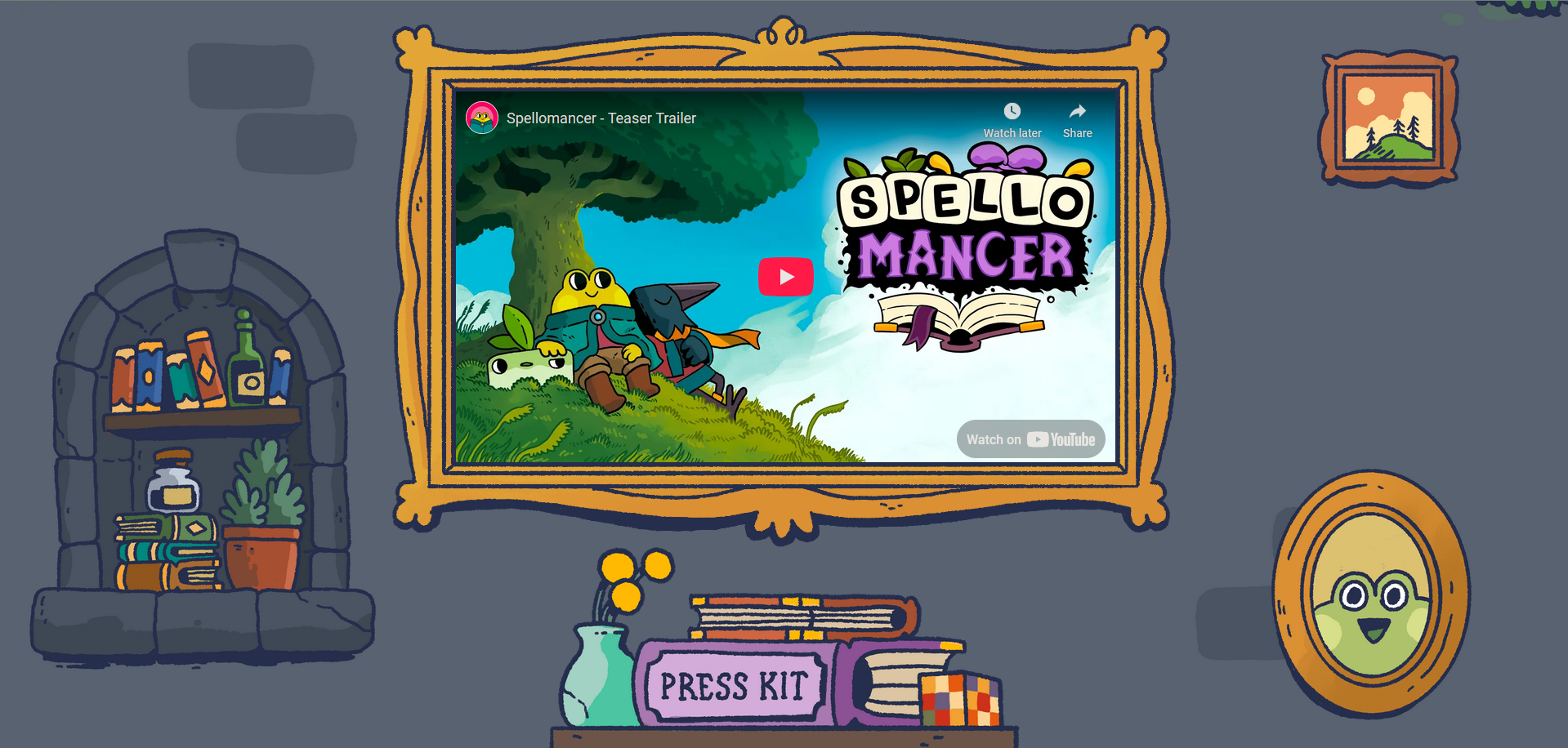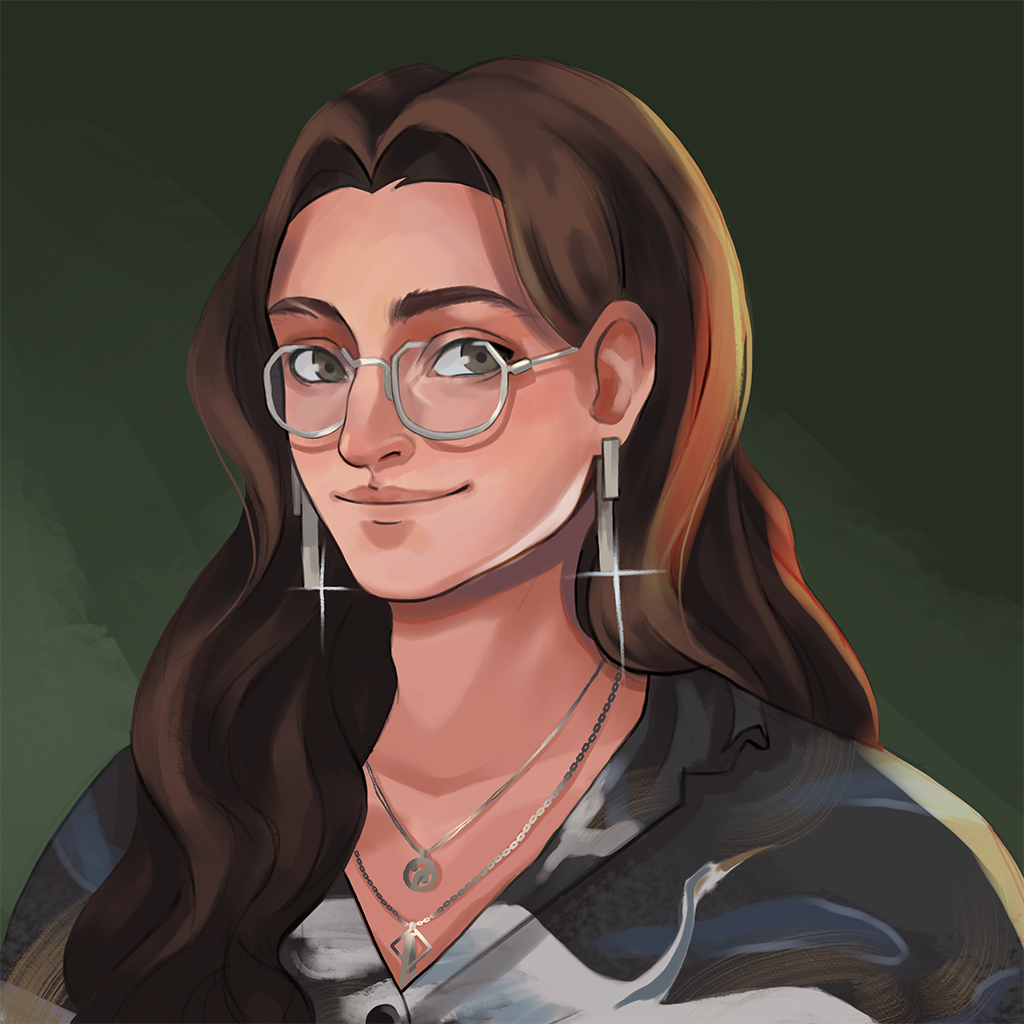Spellomancer
Hidden Variable Studios
Junior Engineer
Godot Engine, C++ | 10/24 - Present | Team Size: ~15
Overview
- Implemented a replay system that saves inputs and gamestate to a file to be resimulated
- Improved the in-game HUD and took it through multiple rounds of polish
- Created the Spellomancer website from scratch in HTML and CSS
- Modified gameplay features in a deterministic rollback networked simulation
- Created and improved editor tools for Godot Engine

Replays are hard to represent visually, so instead, here's the website I made for Spellomancer! It's meant to look like a gallery wall.
Replay System
As Spellomancer got more and more complex, we realized that we needed a replay system to make debugging desyncs and crashes easier.
Replay files store basic data like the game mode, as well as each frame's input map and checksum, and optionally the entire state of the game.
The game state for each frame is too large to be loaded into memory when the file is read, so a second file is written and each state is read only as needed.
They also integrate with the game's rollback netcode: predicted inputs are written to the file, and then overwritten if new input data is recieved from the network.
HUD Overhaul
I was in charge of taking Spellomancer's user interface from early greybox to a polished, pitch-ready state.
I worked closely with designers and artists to allow for rapid iteration and feedback.
One of the more complex pieces of this task was creating a custom sprite animation framework that was compatible with our rollback netcode.
In addition, I reworked an event notification system to allow it to subscribe to our in-game spawners and notify players when high-value spawn events were happening.
Clip showing spawner event, spelled word animation, and score increasing
